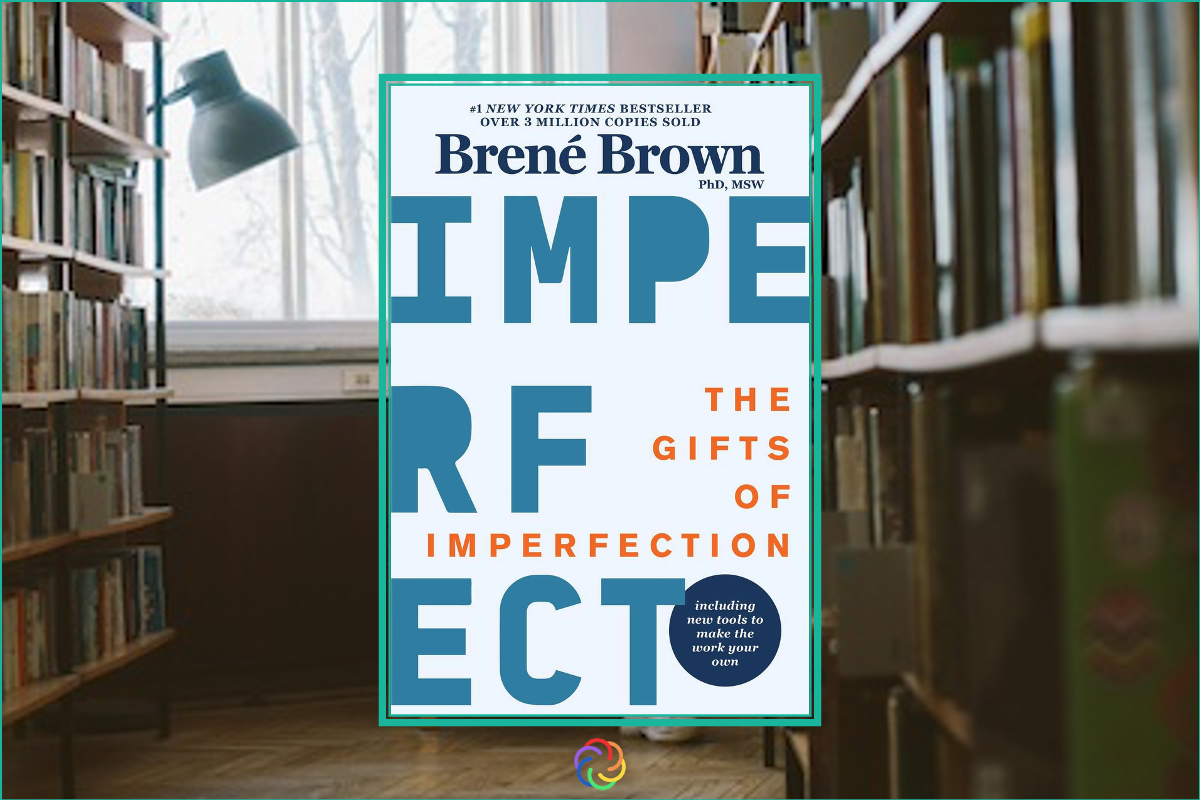About the Author and Book
Brené Brown is a renowned researcher at the University of Houston, best known for her work on vulnerability, shame, empathy, and wholehearted living. Her 2010 TEDx talk, The Power of Vulnerability, became one of the most viewed globally, catalyzing her broader influence. The Gifts of Imperfection became a breakout bestseller, largely credited with bringing Brown’s work into mainstream awareness. It blends academic research with deeply personal narratives and practical guidance.
Critics appreciate the book’s accessibility and emotional honesty, though some note its tone is deeply personal and anecdotal, more memoir than textbook. Nonetheless, few dispute its transformative effect—it’s helped many readers rewrite their relationship with self-worth, perfectionism, and societal expectation.
Introduction: Wholehearted Living
Brené Brown opens with the idea of wholehearted living—engaging life from a place of worthiness, even without perfection. As she beautifully states:
“Wholehearted living is about engaging with our lives from a place of worthiness. It means cultivating the courage, compassion, and connection to wake up in the morning and think, ‘No matter what gets done and how much is left undone, I am enough.’”
This sets the tone: wholehearted living is not about doing more or appearing flawless, but being enough as we are, vulnerable and all.
Chapter 1: Courage, Compassion, and Connection – The Gifts of Imperfection
Brown outlines three foundational tools essential for living wholeheartedly:
-
Courage: the willingness to be imperfect and vulnerable.
-
Compassion: toward ourselves and others, especially when we stumble.
-
Connection: fostering authentic relationships grounded in mutual acceptance.
Of these, she remarks:
“Authenticity is a collection of choices that we have to make every day. It’s about the choice to show up and be real. The choice to be honest. The choice to let our true selves be seen.”
This trio—courage, compassion, connection—forms the heart of the book and the path to embracing imperfection.
Chapter 2: Exploring the Power of Love, Belonging, and Being Enough
Here, Brown emphasizes that worthiness is not earned—it’s inherent. She counters the idea that we are only lovable when certain conditions are met. Instead:
“If we want to fully experience love and belonging, we must believe that we are worthy of love and belonging.”
She draws a clear distinction between fitting in (which requires change) and belonging, which comes from authenticity.
Chapter 3: The Things That Get in the Way
Brown then explores the barriers that block wholehearted living—namely shame, fear, and scarcity.
She defines shame as:
“Shame is the intensely painful feeling or experience of believing that we are flawed and therefore unworthy of love and belonging.”
She also points to the myth of scarcity—an internalized sense of “never enough” that drives comparison and disconnection.
The antidote?
Shame thrives in secrecy—so connection, empathy, and the courage to share your story break its power.
Brené Brown presents ten guideposts—practical practices to cultivate authenticity, self-compassion, creativity, and meaningful connection while letting go of perfectionism, comparison, anxiety, and the illusion of control.
Guidepost #1 – Cultivating Authenticity: Letting Go of What People Think
Being authentic means choosing to show up as your true self—aware of imperfections, yet worthy of love. As Brown reminds us:
“Authenticity is a collection of choices that we have to make every day. It’s about choosing to be real. The choice to let our true selves be seen.”
The freedom of authenticity begins when we stop seeking external approval and lean into self-acceptance.
Guidepost #2 – Cultivating Self-Compassion: Letting Go of Perfectionism
Perfectionism is the belief that we must be flawless to be accepted. Brown reframes it:
“Perfectionism is not the same thing as striving to be your best. Perfectionism is a self-destructive and addictive belief system defined by the belief that if we live perfect, look perfect, and act perfect, we can minimize or avoid the pain of blame, judgment, and shame.”
Self-compassion offers an alternative: caring for ourselves amid imperfections.
Guidepost #3 – Cultivating a Resilient Spirit: Letting Go of Numbing and Powerlessness
When we experience difficulty, it’s common to numb or shut down. But resilience grows from facing pain honestly. Brown encourages:
“Resilience is more available to people curious about their own faults and fears than to people searching for flaws in others.”
A resilient spirit embraces vulnerability as a path to strength.
Guidepost #4 – Cultivating Gratitude and Joy: Letting Go of Scarcity and Fear of the Dark
The myth of scarcity—believing there is never enough—inhibits gratitude and joy. Letting go of scarcity allows us to say:
“I’m alive. I’m enough. I matter.”
Gratitude and joy become practices that cultivate a full-minded, open-hearted life.
Guidepost #5 – Cultivating Intuition and Trusting Faith: Letting Go of the Need for Certainty
Brown highlights the power of intuition:
“Faith is investing in what’s uncertain, believing in what can’t be seen, and trusting in what’s not yet here.”
Letting go of rigid certainty invites a curious, trusting openness to life.
Guidepost #6 – Cultivating Creativity: Letting Go of Comparison
Comparison breeds disconnection. By letting it go, we open space for our unique expression. Brown writes:
“Comparison is the thief of joy.”
Instead, creativity flourishes when we trust our own inherent story.
Guidepost #7 – Cultivating Play and Rest: Letting Go of Exhaustion as a Status Symbol and Productivity as Self-Worth
In a culture that idolizes busyness, Brown offers a radical counterpoint:
“We view exhaustion as a status symbol and productivity as self-worth.”
Choosing play and rest signifies reclaiming life’s rhythms—balance over burnout.
Guidepost #8 – Cultivating Calm and Stillness: Letting Go of Anxiety as a Lifestyle
Anxiety is often treated as inevitable. Brown invites us to step off the treadmill:
“Stress is not the same thing as pressure. Stress is feeling you’re not enough.”
Calm and stillness become acts of self-compassion against the anxiety norm.
Guidepost #9 – Cultivating Meaningful Work: Letting Go of Self-Doubt and ‘Supposed To’
Meaning comes from alignment—not external expectations. Brown reminds us:
“When we let go of who we think we’re supposed to be, we gain access to who we really are.”
Meaningful work shines when it stems from presence, not pretense.
Guidepost #10 – Cultivating Laughter, Song, and Dance: Letting Go of Being Cool and “Always in Control”
Joy may be serious medicine. Brown says:
“Joy is a heart-full experience, founded in gratitude.”
Allowing ourselves to be uncool, to laugh, dance, sing—even when vulnerable—is an act of wholehearted courage.
Final Thoughts on The Gifts of Imperfection
Taken together, these ten guideposts offer more than a personal development framework—they are a compassionate invitation to return to ourselves. Brené Brown doesn’t prescribe a life free of struggle or discomfort. Instead, she maps a path toward living more fully—with courage, authenticity, and joy—by embracing the very imperfections we’re often taught to hide.
As we close this ready, you’re invited to take a mindful pause and consider:
Which of the ten guideposts do you feel you are already living with ease, and which one do you sense needs more attention and nurturing in your life?
You’re welcome to share your reflections here in the circle, or if you’re reading online, feel free to leave a comment below.


